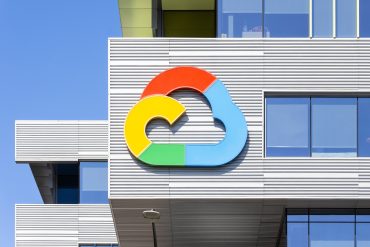
- AI Investment
- Workforce
Microsoft Cuts 305 More Jobs Following May's 6,000 Layoffs
3 minute read

Microsoft’s Washington HQ Sees Further Job Cuts Amid Growing AI Investment and Strong Financial Performance
Key Facts
- Microsoft laid off 305 additional workers at its Washington State headquarters, following 6,000 job cuts in May 2024
- Total reported layoffs in Washington State reach nearly 2,300 in recent weeks
- Company’s AI investment for fiscal year 2025 projected at $80 billion
Introduction
Microsoft continues its workforce transformation with 305 new layoffs at its Washington State headquarters, building on the significant reduction of 6,000 positions implemented in May. This latest round of cuts reflects the company’s ongoing adaptation to AI-driven operational changes and market dynamics.
Key Developments
The recent layoffs, confirmed through a WARN notice to the state Employment Security Department, primarily affected non-management positions, with managers comprising less than 17% of the cuts. In the previous May reduction, over 40% of affected employees were software engineers and product managers.
According to Entrepreneur, these changes are part of Microsoft’s broader strategy to streamline operations and reduce management layers while investing heavily in AI infrastructure.
Market Impact
Despite ongoing workforce reductions, Microsoft’s financial performance remains strong, with Q3 2025 revenue exceeding $70 billion, marking a 13% year-over-year increase. The company reported profits of $25.8 billion for the first quarter of 2025, surpassing Wall Street expectations.
Microsoft’s workforce stood at approximately 228,000 full-time employees before these recent reductions, demonstrating the company’s significant scale despite ongoing adjustments.
Strategic Insights
Microsoft’s strategic focus on AI integration is evident in its $80 billion investment planned for fiscal year 2025, primarily directed toward data centers and AI infrastructure. CEO Satya Nadella has showcased how AI tools can dramatically reduce task completion times, transforming hours of work into minutes.
Expert Opinions and Data
Anthropic CEO Dario Amodei projects that AI advancements could eliminate 50% of entry-level white-collar jobs within one to five years, potentially pushing unemployment rates to 10-20%. Microsoft’s CTO Kevin Scott predicts AI could handle up to 95% of code writing by 2030, compared to current levels of 20-30%.
SignalFire research indicates a 25% decrease in recent graduate hiring across major tech firms, including Microsoft, Meta, and Google, attributed to AI’s growing influence in the workplace.
Conclusion
Microsoft’s latest workforce reduction represents a strategic realignment as the company balances traditional workforce needs with AI-driven capabilities. While continuing to lead in AI innovation and maintain strong financial performance, these changes signal a transformation in how major tech companies approach workforce management and technological integration.








